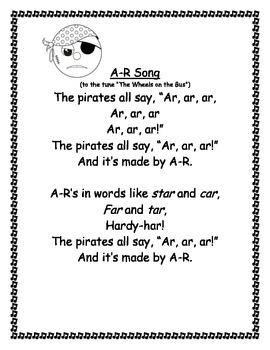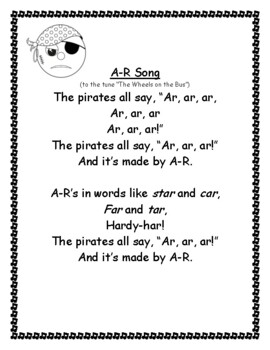This weekend I will be at summer camp. Yep, I am going to camp! Actually, I will be attending a staff reunion at the summer camp I both attended as a kid and worked at for four years while in college. Besides the fact that I LOVE camp, what better job is there for a preservice teacher than working with kids all summer?
As I have been getting ready for this weekend I have been checking the schedule so I know what to pack and looking through the old photo albums I plan on bringing. All of this has led to some reminiscing. Why am I writing about this here, on my teaching blog? Well, I learned lots of lessons as a camp counselor that have prepared me for the classroom. Here are just a few:
1) Brain breaks - This is a hot topic in education right now. If you look at Pinterest, you find all sorts of brain break videos for the classroom. At summer camp we had brain breaks all of the time! Plus, I learned so many different brain breaks I can use in my classroom. One of my favorites is six-count. It is hard to describe, but, basically, your right and left arms are doing different things while you count to six. It is challenging, but it is a great way to help my kids focus!
2) Check for understanding - Every time we played a new game, directions had to be given. Usually we were playing the game with a variety of different age groups. If the kids don't understand the rules, there is chaos. We ALWAYS checked for understanding before beginning a game by asking questions and encouraging the kids to ask questions as well. While there was always at least one camper who was confused (isn't there always?), for the most part, games were able to run smoothly.
3) PATIENCE! - Unlike in a classroom, a camp counselor is with her kids 24 hours a day, with maybe a 45 minute break. Nerves get raw very easily. I had a different batch of kids each week (or even twice a week, as the youngest campers would only stay 2 nights). This meant that I needed to go over the camp and cabin rules every week. I needed to explain the game I explained last week all over again. I need to reteach kids how to do KP (kitchen patrol) duty every week. By the fourth or fifth week of camp, this can get quite old. Add in the fact that I was perpetually sleep deprived, and it is very easy to lose patience with a camper or my cabin as a whole. Patience was tested and developed at camp.
4) Differentiated instruction - Although the goal was to have campers of the same age together in a cabin, due to numbers and requests to be in the same cabin with others, often cabin groups could be of diverse ages. I had groups that had fourth through seventh grades in the same group. In every cabin there are campers who have never been to camp before, as well as those who come back year after year. This meant that I had to differentiate instruction. After all, someone who did archery last summer, and someone who has never touched a bow and arrow before are going to need different instruction! The camp I worked at was a Christian camp, so we also had Bible study every day. While the lesson plans were set for the entire summer, I had to greatly modify them based on the particular campers I had that week. I would have some that knew how to use their Bibles well and some that may never have even seen a Bible. I had to think on my feet, modify as I went along, and try to help every camper understand. This is a skill I use in my classroom every day.
There are too many lessons I learned as a camp counselor to list here. However, I think these were certainly some valuable ones. If you know any preservice teachers (or are one yourself), encourage them to work at a summer camp. It was one of the best experiences I could have ever had to prepare me for the classroom.
Have any of you worked at a summer camp? What did you learn? Let me know in the comments!









